Comprehensive Guide to PVC Pipe Installation
PVC pipe are a popular choice for plumbing due to their durability, affordability, and ease of installation. Proper installation ensures long-term efficiency and prevents common issues like leaks and clogs. This comprehensive guide covers all aspects of PVC pipe installation, from preparation to final testing.
PVC Pipe Gathering Materials and Tools
Before starting the installation, gather all necessary materials and tools. This ensures a smooth process without interruptions.
Materials
PVC pipes,PVC fittings (elbows, couplings, tees),PVC primer and cement
Pipe insulation (if needed)
Sandpaper or a file
Tools
Pipe cutter or hacksaw
Measuring tape
Marker
Cleaning cloth
Deburring tool
Planning the Layout
Proper planning is crucial for a successful PVC pipe installation. This involves measuring and marking the pipe layout to ensure accurate cuts and connections.
Measuring the Area
Measure the installation area accurately. Use a measuring tape to determine the length and height required for the pipes. Mark these measurements clearly with a marker.
Marking the Pipe
Mark the PVC pipes according to the measured dimensions. Ensure precise marking to avoid mistakes during cutting.
Cutting and Preparing the Pipes
Cutting and preparing the pipes correctly ensures secure and leak-proof connections. Follow these steps for optimal results.
Cutting the Pipes
Use a pipe cutter or hacksaw to cut the pipes along the marked lines. Ensure straight and clean cuts to facilitate smooth connections.
Deburring the Edges
After cutting, deburr the edges of the pipes using a deburring tool or sandpaper. This removes sharp edges and ensures a proper fit.
PVC Pipe Cleaning and Priming
Clean and prime the pipes and fittings to prepare them for cementing. This step ensures a strong bond and leak-proof connections.
Cleaning the Surfaces
Clean the pipe ends and fittings with a cleaning cloth. Remove any dirt, grease, or debris to ensure a strong bond.
Applying Primer
Apply PVC primer to the pipe ends and the inside of the fittings. This softens the surfaces, preparing them for cementing.
Cementing the Pipes and Fittings
Cementing the pipes and fittings creates a permanent bond. Follow these steps to ensure a secure and leak-proof connection.
Applying Cement
Apply a thin layer of PVC cement to the primed areas. Work quickly, as the cement sets fast.
Joining the Pipes and Fittings
Push the pipe into the fitting while twisting slightly. Hold the connection for a few seconds to allow the cement to set. Wipe off any excess cement with a cloth.
Assembling the Pipe System
Assemble the pipe system according to your planned layout. Ensure all connections are secure and aligned correctly.
Connecting the Sections
Connect the pipe sections one by one. Follow the same cleaning, priming, and cementing steps for each connection.
Checking Alignment
Check the alignment of the pipes and fittings regularly. Ensure the system follows the planned layout without any misalignments.
Securing the Pipe System
Secure the pipe system to prevent movement and vibrations. This ensures long-term stability and prevents leaks.
Using Pipe Clamps
Use pipe clamps to secure the pipes to walls or other structures. Space the clamps evenly to distribute support.
Insulating the Pipes
Insulate the pipes if necessary. This prevents heat loss and protects the pipes from temperature fluctuations.
Testing the System
Testing the system ensures all connections are secure and leak-proof. Follow these steps to test your PVC pipe installation.
Filling the System
Turn on the water supply and fill the system with water. Check for any leaks at the connections.
Checking for Leaks
Inspect the system thoroughly for leaks. Tighten any loose connections and apply additional cement if necessary.
Maintenance Tips
Regular maintenance ensures the longevity and efficiency of your PVC pipe system. Follow these tips to keep your system in optimal condition.
Regular Inspections
Inspect the system regularly for signs of wear, leaks, or damage. Address any issues promptly to prevent further problems.
Cleaning the Pipes
Clean the pipes periodically to prevent clogs and buildup. Use appropriate cleaning agents and avoid harsh chemicals.
Protecting from Extreme Temperatures
Protect the pipes from extreme temperatures. Insulate exposed pipes to prevent freezing in cold weather.
Conclusion
Proper installation of PVC pipes ensures a durable and efficient plumbing system. By following this comprehensive guide, you can achieve a leak-proof and long-lasting PVC pipe system. Regular maintenance and prompt attention to issues will keep your system functioning optimally for years to come.
Connect
IFAN is a Chinese manufacturer of plastic pipes, fittings and valves with 30 years of experience. If you are interest in IFAN copper fittings, copper valves, plastic pipes and fittings, please contact us. IFAN offers you a variety of standard pipes to meet your specific needs. Click below to learn more about IFAN’s wide range of affordable and cost-effective valve products and piping system related products.
We will reply your email or fax within 24 hours.
You can call us at any time if there is any question on our production.
For more information,pls visit our webside https://ifanpro.com/
Pls Mailto: [email protected]
Whatsapp: + 86 19857948982

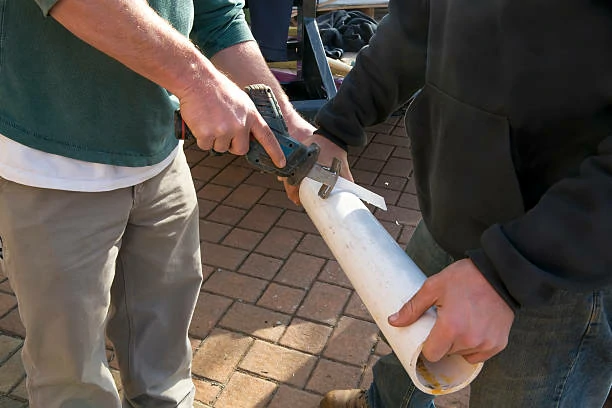
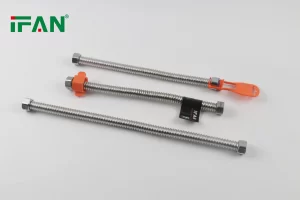
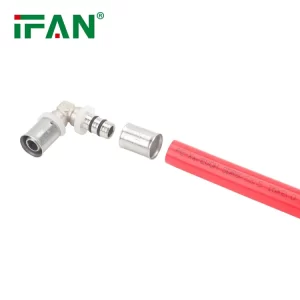
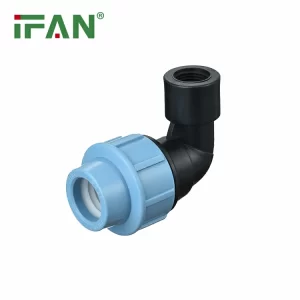
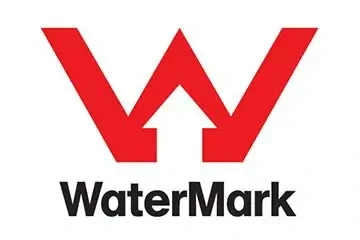

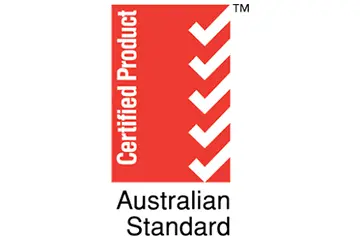
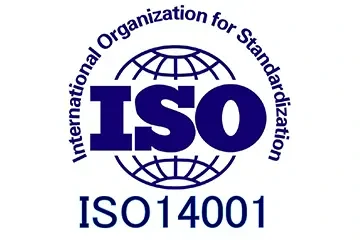
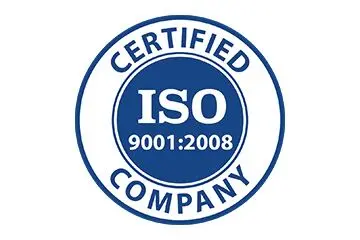
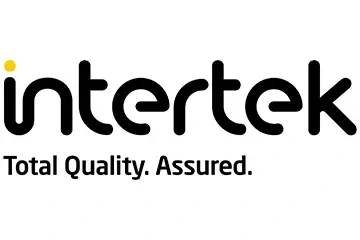
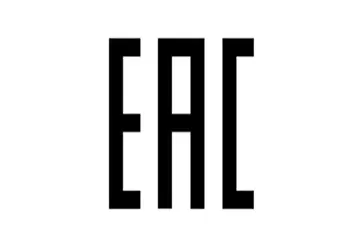
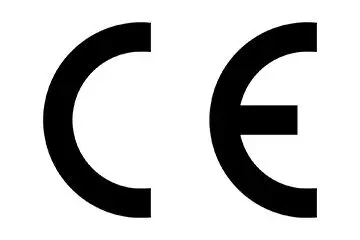
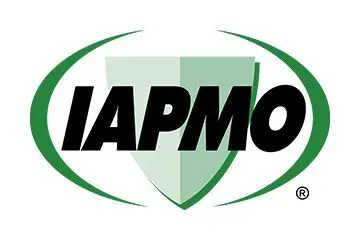
Recent Comments